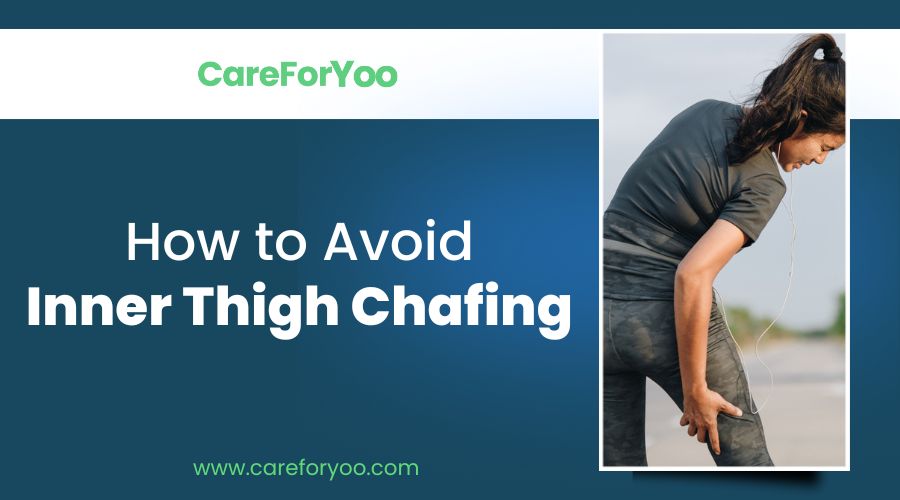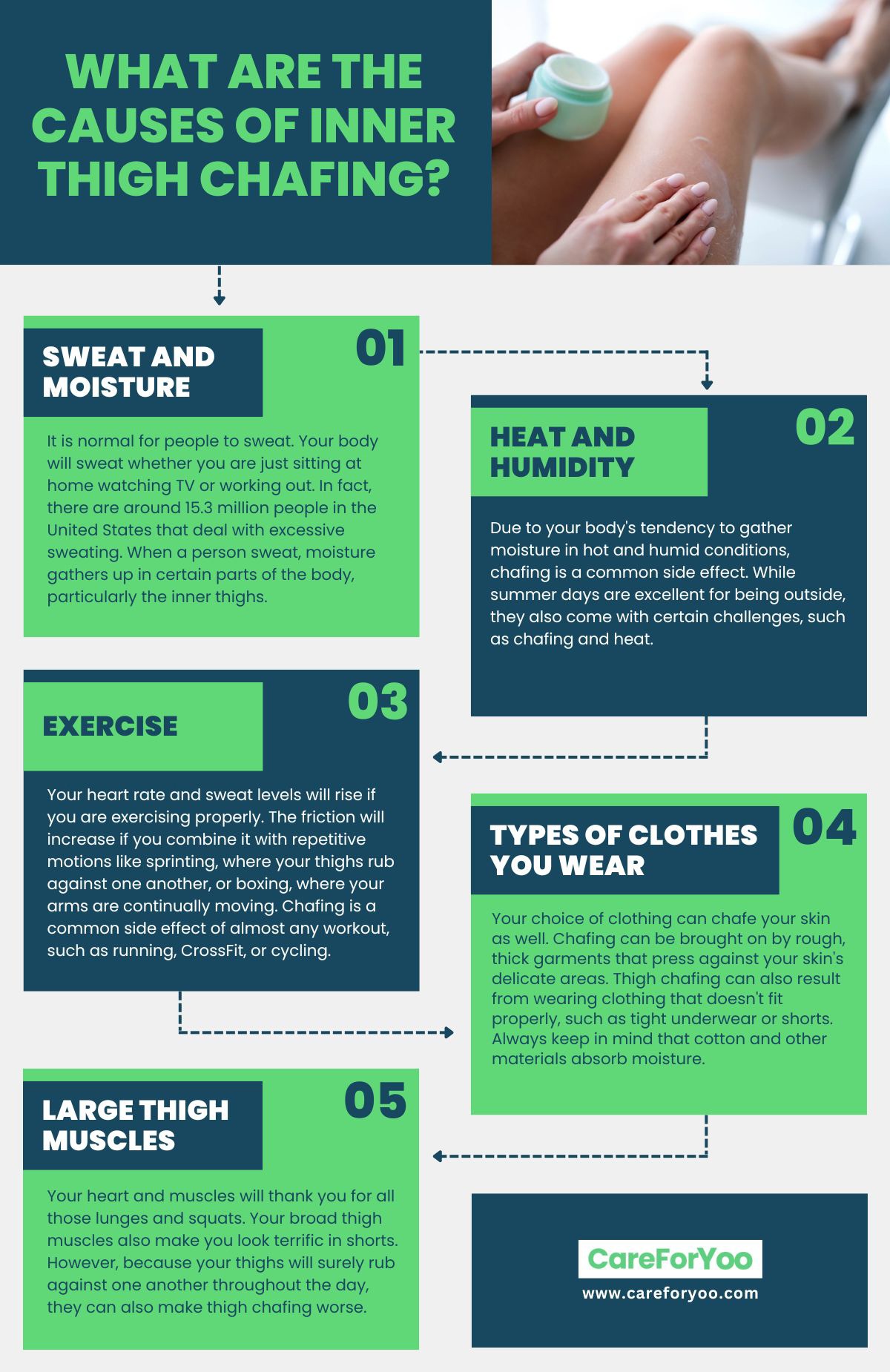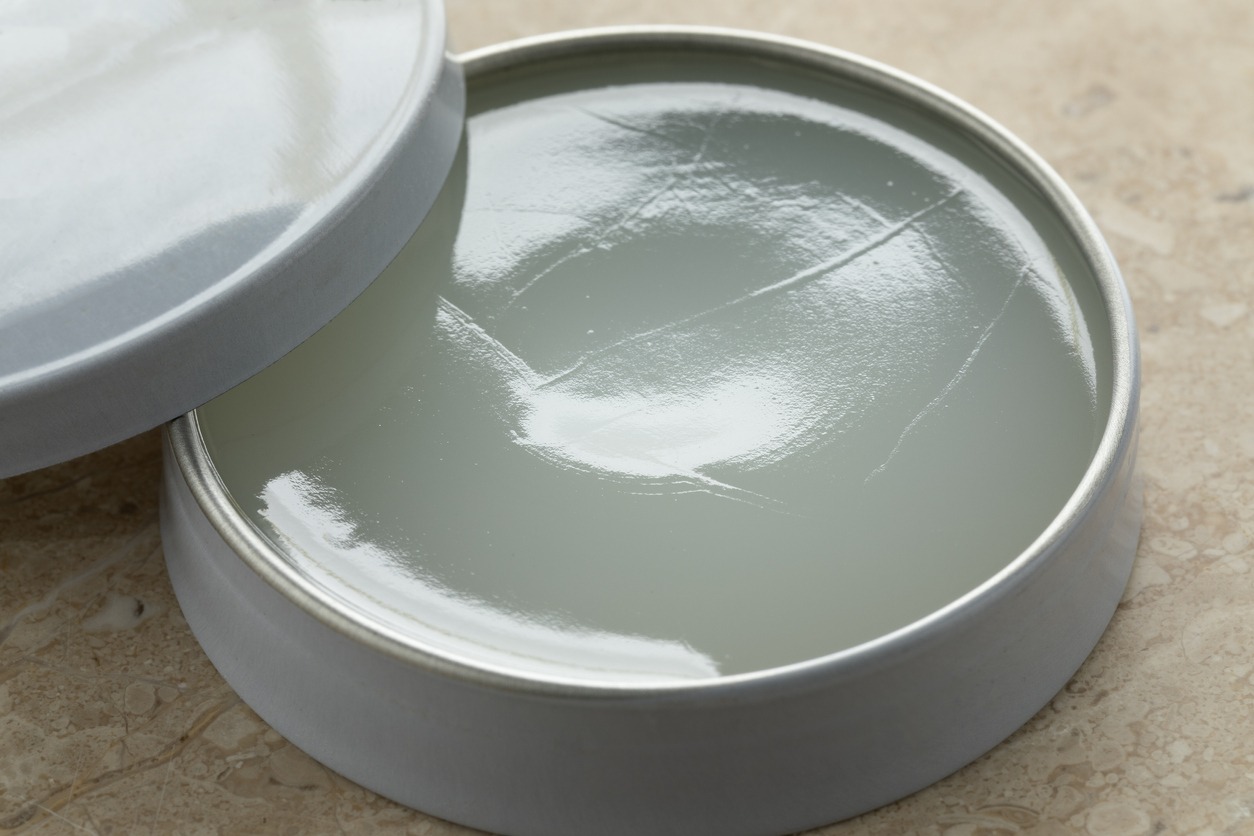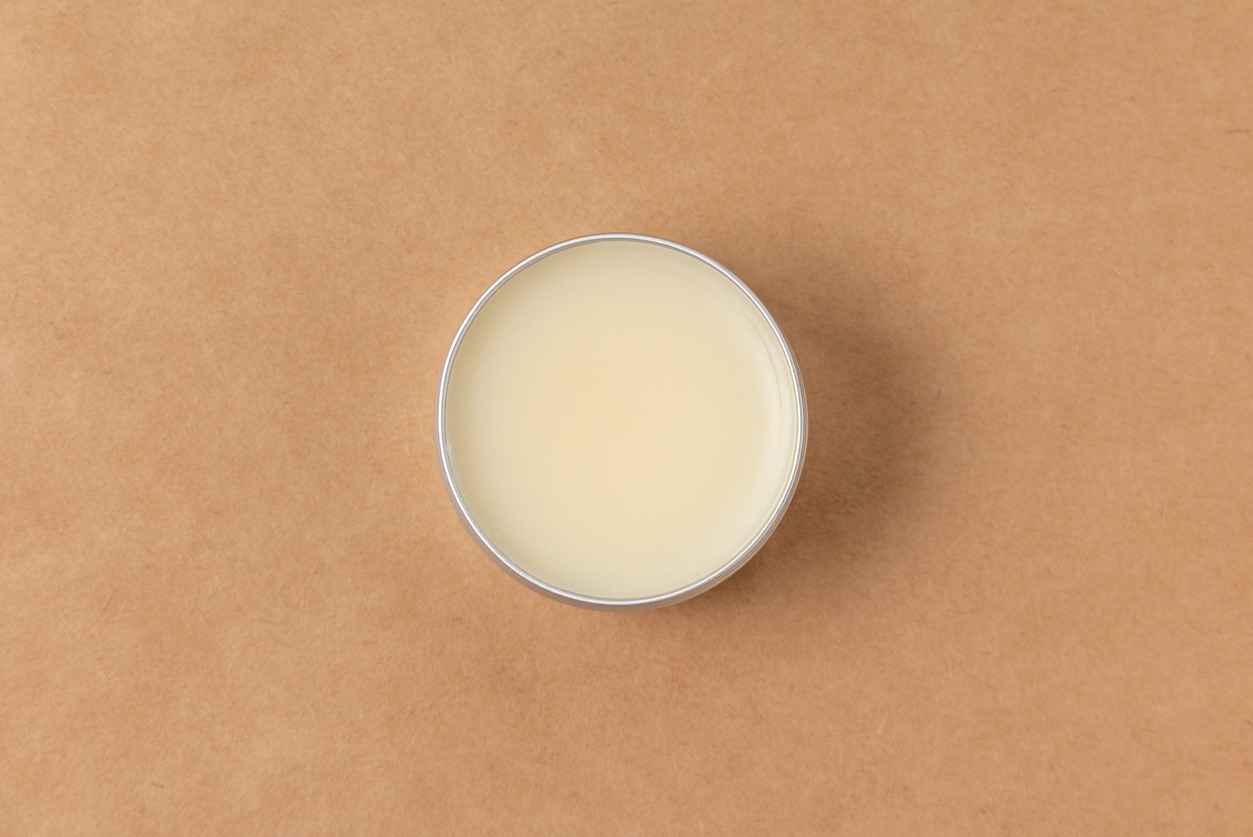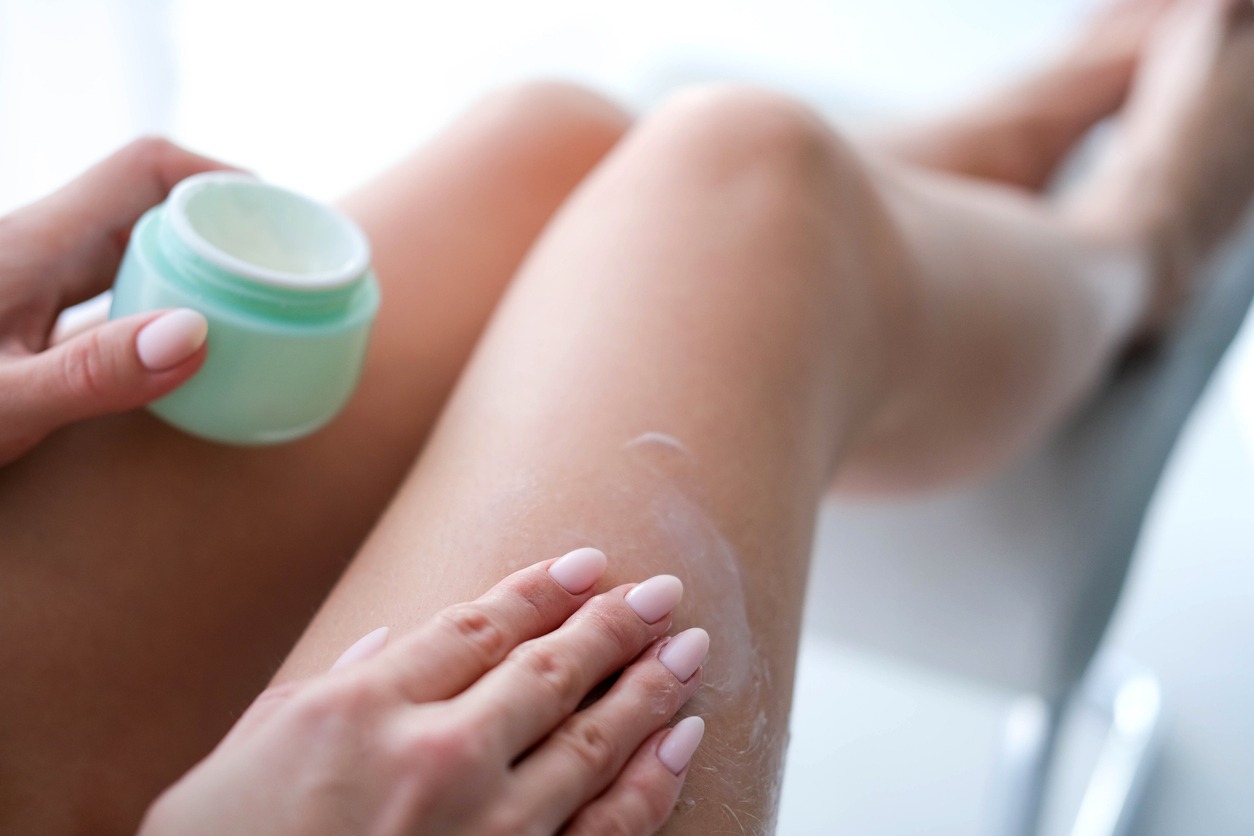When the inner thighs rub against one another due to skin-to-skin contact or through clothes, it results in thigh chafing. It is among the common skin problems experienced by a lot of people. Thigh-chafing sufferers may see red, blister-like lesions that feel painful when touched. Too much rubbing can cause inner thigh chafing for a variety of reasons. Wearing tight, narrow jeans is one example, as well as walking and exercising.
Thigh chafing is a painful skin ailment that can make it difficult for you to move about freely since it frequently causes pain in the inner thighs when they rub together. Luckily, there are a lot of options and treatments out there that you can try to avoid inner thigh chafing. If you are one of those people who always get thigh chafing and you still haven’t figured out how to prevent it, you’ve come to the perfect place. We’re going to share some advice with you today about preventing inner thigh chafing.
What are the Causes of Inner Thigh Chafing?
Before we provide you with the best tips on how you can avoid inner thigh chafing, let us first understand its causes. Have you ever experienced going out for a run when you suddenly feel discomfort, pain, itchiness, and irritation? Most athletes and active people experience chafing in their inner thighs, and it can really put a damper on outdoor activities. But learning about the causes of chafing can help you tackle it. To help you, below are some of the common causes of inner thigh chafing:
Sweat and Moisture
It is normal for people to sweat. Your body will sweat whether you are just sitting at home watching TV or working out. In fact, there are around 15.3 million people in the United States that deal with excessive sweating. When a person sweat, moisture gathers up in certain parts of the body, particularly the inner thighs. When your clothes rub up against that sweat and moisture, it creates friction that may lead to irritation, redness, and even blisters. [1]
Heat and Humidity
Due to your body’s tendency to gather moisture in hot and humid conditions, chafing is a common side effect. While summer days are excellent for being outside, they also come with certain challenges, such as chafing and heat. [1]
Exercise
Your heart rate and sweat levels will rise if you are exercising properly. The friction will increase if you combine it with repetitive motions like sprinting, where your thighs rub against one another, or boxing, where your arms are continually moving. Chafing is a common side effect of almost any workout, such as running, CrossFit, or cycling. [1]
Did you realize that running can be negatively impacted by heat? But running in the rain can boost your performance as the rain cools the body down naturally. However, moisture and wet clothing can lead to more chafing.
Types of Clothes You Wear
Your choice of clothing can chafe your skin as well. Chafing can be brought on by rough, thick garments that press against your skin’s delicate areas. Thigh chafing can also result from wearing clothing that doesn’t fit properly, such as tight underwear or shorts. Always keep in mind that cotton and other materials absorb moisture. Over time, chafing can result from wet garments pushing against your skin. [1]
Large Thigh Muscles
Your heart and muscles will thank you for all those lunges and squats. Your broad thigh muscles also make you look terrific in shorts. However, because your thighs will surely rub against one another throughout the day, they can also make thigh chafing worse. [1]
Inner thigh chafing is more common in overweight and obese people as well as in physically active ones. However, even if you don’t enjoy sports and aren’t overweight, you can still get inner thigh chafing. Itching, burning, redness, blistering, and a severe rash may result from this. Untreated inner thigh chafing can result in infections and fungal skin growth. Additionally, severe thigh chafing can cause bleeding and damaged skin.
How is Inner Thigh Chafing Diagnosed and Treated?
Most of the time, it is not required to see your healthcare provider for milder cases of inner thigh chafing. The condition can be diagnosed by yourself at home. It is easy to distinguish from other types of rashes due to their location on your body. In addition, the rash comes on slowly and may gradually worsen as more skin chafes. [2]
Treatments for inner thigh chafing mostly include home remedies for mild cases. In order to stop chafing, you need to discontinue whatever activity caused it. It’s because of you do not avoid the situation that caused the chafing, it will become worse. By simply eliminating the irritant, you’ll be able to get rid of chafing. [2]
To heal inner thigh chafing at home, it is essential to clean the affected area first using mild soap and water. After that, you can apply some aloe vera gel to the skin to relieve pain and prevent further infection. Then, apply some petroleum jelly, as it also helps heal irritation and prevent the chafing from getting worse. However, if the condition worsens or gets infected, it is very important to seek medical treatment from your healthcare provider. [2] Infection symptoms include swelling, redness radiating from the chafe, hot-to-the-touch skin, and the presence of blood or pus in the affected area.
Tips on How to Avoid Inner Thigh Chafing
Chafed thighs can be excruciatingly uncomfortable, and they frequently restrict your motion as you work to prevent inducing discomfort in your inner thighs. Chafing can be treated with a variety of creams and ointments, but it is much better and quicker if you can stop it before it starts. As they always say, prevention is better than cure. With that, below are some of the best tips on how to avoid inner thigh chafing:
Keep Your Skin Clean
Maintaining cleanliness is one of the simplest strategies to prevent inner thigh chafing. Always wear clean undergarments and take daily showers. This is crucial, especially if you regularly engage in activities that cause you to perspire.
Thigh grime is the term for the accumulation of sweat, salt, and filth in your thigh region as a result of these activities. It frequently produces a sticky sensation that promotes rubbing and chafing. You can also use a shower body wipe to remove grime and sticky sweat from the area between your thighs if you don’t want to take a shower after working out.
Wear Clothes That Fit You Well
A longer pair of shorts is one of the greatest items of clothing to wear to prevent inner thigh chafing. Additionally, make an effort to refrain from donning clothing, particularly pants and shorts with improperly located seams. For instance, the most common causes of chafing in the thighs are seams in leggings or shorts. Therefore, you should take your clothing seriously and look for any functional hazards if you want to complete a run or workout outside.
Avoid wearing leggings or shorts with inside seams that are visible or likely to rub when running. Avoid wearing underwear at all costs if you’re cycling because extra seams can cause you trouble on the road. You can simply throw on some 2Toms, cushioned cycling shorts, or pants and go.
Apply Petroleum Jelly to Your Inner Thighs
To prevent inner thigh chafing, trusty petroleum jelly can also be of great assistance. Additionally, it is a cheap solution. Although some people would believe this is a greasy and nasty solution, a pinch of it might work well. Petroleum jelly has lubricating characteristics that have been demonstrated and can aid in sweat repulsion. Additionally, petroleum jelly might assist cover chafed areas on your inner thighs if you still need to move around.
Apply Some Powder
You can use a variety of powders on your thighs to stop them from chafing, but baby powder is unquestionably the finest. The majority of baby powder products are smoother than conventional body powder, which makes them better at reducing friction between your thighs because they can easily glide anytime that they come into contact.
Baby powder with a cornstarch base should be used on your thighs for maximum efficiency so that it can effectively absorb perspiration and moisture. Applying powder may not be the greatest move if you already have chafed thighs because it can aggravate the problem even more.
Wear Anti-Chafing Thigh Bands
Thigh bands can greatly assist ladies in preventing inner thigh chafing. They are garter-like garments used to cover chafe-prone areas and avoid thigh chafing. They are divided into two categories: fancy and plain. The lacy thigh bands that resemble the top of a thigh-high stocking are considered fancy. Most often, they resemble lingerie. Contrarily, plain thigh bands are constructed of lace-free microfiber.
To choose the proper size for an anti-chafing thigh band, measure your thighs where they meet. You can also go down a size to make sure the fit is snug but comfortable. The majority of thigh bands are elastic and have silicone backings, making them comfortable to wear. Below are some examples of anti-chafing thigh bands to help you choose:
- Anne’s Elastic Anti-Chafing Thigh Bands: These thigh bands are made from 90% polyester and 10% elastane. It has a belted closure and can be machine-washed. It is made from the highest quality fabric and features double strips of silicone on the upper and lower extremity to avoid slipping.
- Collections Lace Trim Thigh Bands: These are easy-to-wear thigh bands that feature a lace-trimmed design. It can help you eliminate rubbing and chafing in your thigh area. It has silicone bands that keep them in place. They are made from nylon and spandex and come in different colors and sizes.
- ChickyChaps Stretch-Mesh Breathable Thigh Bands: These are sheer mesh demi-shorts that prevent the skin from rubbing. It is seam-free, lightweight, cool, and breathable. It covers the inner thighs completely, and it will not slip down or roll down as it is clipped comfortably onto your panties. It is made from 90% nylon and 10% spandex.
Wear Anti-Chafing Shorts
Wear anti-chafing shorts that can cover your thighs, private areas, and the tops of your knees if you think anti-chafing bands would be a little too revealing. Even better, most anti-chafing shorts offer a moisture-wicking feature that lessens perspiration buildup on your thighs, making it more comfortable for you to run or walk.
Anti-chafing shorts, however, might not be the best option if you’re wearing pants or jeans because the tightness of both your pants and the shorts will increase the strain on your thighs. Compression shorts are an excellent substitute for anti-chafing shorts for folks who enjoy working out because they have better moisture-wicking properties.
Below are some examples of anti-chafing shorts to help you choose:
- Wirarpa Women’s Anti-Chafing Cotton Underwear: This anti-chafing shorts is made of 95% combed cotton and 5% spandex. It has a wide and soft waistband for chafe-free comfort. It also has an 8-inch inseam that is long enough to stop chaffing of the thighs and reduce pains and irritations. It keeps the sweat from collecting and the thighs from rubbing.
- Werena Anti-Chafing Shorts: These shorts are made from 86% nylon and 14% spandex. It is an underdress shorts that can prevent thigh chafing. It also has a stylish lace design. The quality of these shorts is great, and they are comfortable and durable.
- Sweet Hearts Anti-Chafing Biker Shorts: These shorts are made of 90% polyester and 10% spandex. These are stretchy and shiny biker shorts. You can wear them in the freezing cold winter or even on the hottest day. They can be worn under skirts and dresses for anti-chafing. They are super-stretchy and soft.
Use Anti-Chafing Sticks and Balms
A lubricant with anti-chafing properties, such as a stick or balm, can lessen friction. It can make a smooth barrier on the skin to prevent rubbing on your thighs and other regions. They are easy to use and can be carried anywhere you go. Below are some examples of anti-chafing sticks and balms to help you choose:
- Gold Bond Friction Defense Stick: This stick can help reduce friction and comforts the skin. It moisturizes and soothes the skin to prevent chafing. It is non-greasy and unscented. It is also easy to use. You just have to apply the formula liberally to the affected area as often as needed.
- Body Glide Original Anti-Chafe Balm: This anti-chafe balm can be applied on your thighs before you get dressed. It is made with allergen-free, plant-derived ingredients. It is vegan-approved and has never been tested on animals. It is effective and long-lasting and also better than messy creams and powders.
- Formula 10.0.6 Butter Up Anti-Chafing Body Stick: This is a hydrating body stick that is perfect for on-the-go travel. It can provide your skin a soft touch and fresh scent with this solid anti-chafing body stick. You only need to apply it directly to your skin and massage it over your thighs.
Use Anti-Chafing Creams
Another chafing lubricant that is made to reduce friction is an anti-chafing cream. Anti-chafing lotions are mostly used by cyclists and athletes to avoid saddle sores and thigh chafing. Below are some examples of anti-chafing creams to help you choose:
- Azani Natural Anti-Chafing Cream: This cream is rich in vitamins and skin repair actives. It can form a protective barrier on your skin that cools, soothes, and heals to help you maintain an active lifestyle without worrying about inner thigh chafing. It is made of skin-friendly and natural ingredients, such as shea butter, coconut oil, moringa extract, gotukola, neem, and Multani mitti. It is also non-greasy and will allow your skin to breathe.
- Flexitol Anti-Chafing Cream: This is an anti-friction cream that can moisturize and soothe the skin that is irritated from chafing. It is fragrance-free, non-greasy, and can provide protection against skin-to-skin and fabric-on-skin friction. It is a long-lasting cream that is suitable for sensitive skin. It is perfect for joggers, runners, cyclists, and more. It is made from natural ingredients like aloe vera, lanolin, and shea butter.
- Chamois Butt’r Coconut Anti-Chafe Cream: This cream utilizes organic coconut oil and shea butter to moisturize the skin and reduce friction. It contains restorative ingredients and natural antiseptic properties to soothe already chafed skin. It can be applied easily to your inner thighs, and it washes off with soap and water. It is paraben-free, phthalates-free, and gluten-free. It also does not contain artificial colors or fragrances, making it suitable for sensitive skin.
- Chafe Lotion by Coochy Plus Anti-Chafe Cream: This cream may help you prevent chub rib, chafing, and skin friction when walking, cycling, wearing a dress, running, and other activities. It goes on the skin like lotion and transforms into a velvety and almost powder-like finish. It creates a barrier between the skin and clothing to reduce friction. It is great for the inner thigh, groin, buttocks, underarms, shoulders, and even feet. It is made with pure tapioca starch, which replaces harmful talc. It contains coconut oil, jojoba seed oil, and aloe vera to moisturize the skin. It also does not stain clothes.
Conclusion
Many people suffer from an uncomfortable and painful skin condition known as inner thigh chafing. But there is no need for you to continue to endure it because there are many things you can do and products you can use to both avoid and treat it. However, if in case none of the tips and products we’ve shared here work and you notice the chafing getting worse, do not hesitate to reach out to a medical professional immediately to have the right treatments. We hope the information we provided in this post help you prevent inner thigh chafing in the future.
References
[1] Senseman, E. (2022, February 24). 6 common causes of chafing and how to prevent it. Squirrel’s Nut Butter. Retrieved December 6, 2022, from https://squirrelsnutbutter.com/blogs/lube-news/6-common-causes-of-chafing-and-how-to-prevent-it
[2] Cleveland Clinic, E. (2022). Chafing: Causes & prevention. Cleveland Clinic. Retrieved December 6, 2022, from https://my.clevelandclinic.org/health/diseases/23517-chafing

